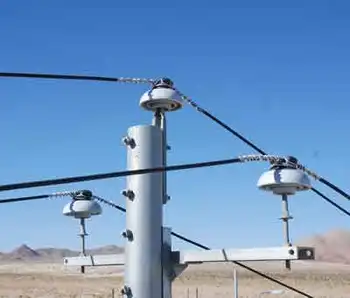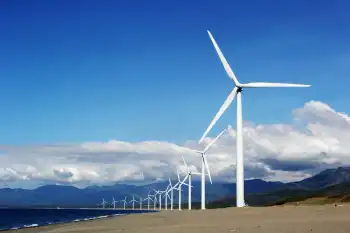Care has to be taken when placing windmills across state
PENNSYLVANIA - The growing opposition to and concern in Pennsylvania for the placement of huge windmills, especially on ridge tops, highlights the need for thoughtful, science-based statewide siting regulations.
It also shows that "alternative energy" sources aren't necessarily environmentally benign. While the impact of extracting and burning fossil fuels raises serious environmental issues - from acid-mine drainage to global warming - windmills come with a different set of environmental challenges.
Those seeking to build them look for maximum wind advantage, which explains the focus on ridge tops, particularly in Somerset and Bedford counties, as staff writer David DeKok reported recently in the Sunday Patriot-News. But other areas are under consideration, including a proposal by Harrisburg Mayor Stephen R. Reed to place windmills on the ridge tops above city-owned DeHart Reservoir, potentially despoiling the largest roadless tract in eastern Pennsylvania.
Placing large numbers of windmills - which can well exceed the height of the Statue of Liberty - on ridge tops raises a number of serious environmental concerns.
These include fragmenting some of the last large tracts of forest in the commonwealth, home to species that require lots of space to succeed and survive. About four acres must be cleared of trees for each windmill, in addition to clearings needed for access roads and transmission lines.
The removal of vegetation on this scale on the already poor soil of the ridge tops can lead to erosion and decreased water quality.
Though windmill proponents claim that progress has been made in reducing the number of birds killed by windmills, opponents argue that too few independent studies have been conducted, especially of birds, bats and insects traveling along established flight paths at night. Along the Allegheny Front in West Virginia, Maryland and Pennsylvania, where much windmill construction has occurred and is planned, some 1.7 million birds fly by each night during migration season, according to ornithologists.
The loss of the visual beauty of Pennsylvania's rolling green ridges is no small sacrifice to make, either, to get what amounts to a relatively small part of our electricity from the wind.
Like everything else, common sense and a decent respect for the other important elements in the equation must be part of windmill siting. While we understand that owners of windmills are looking for optimal wind conditions, if this energy source is to succeed on any scale it is going to have to apply more sophisticated approaches to deploy them under less than ideal but workable conditions, such as in urban settings and industrial parks.
Unless the state adopts windmill-siting standards, it can only mean trouble for an alternative form of energy the Rendell administration is heavily promoting. That is not an approach that can make serious headway in moving the state away from its overreliance on fossil fuels.
Related News

Electrifying Manitoba: How hydro power 'absolutely revolutionized' the province
WINNIPEG - The first electric light in Manitoba was turned on in Winnipeg in 1873, but it was a century ago this year that the switch was flipped on a decision that would bring power to the fingertips of people across the province.
On March 12, 1873, Robert Davis — who owned the Davis House hotel on Main Street, about a block from Portage Avenue — used an electric arc light to illuminate the front of his building, according to A History of Electric Power in Manitoba, published by Manitoba Hydro.
That type of light used an an inert gas in a…




